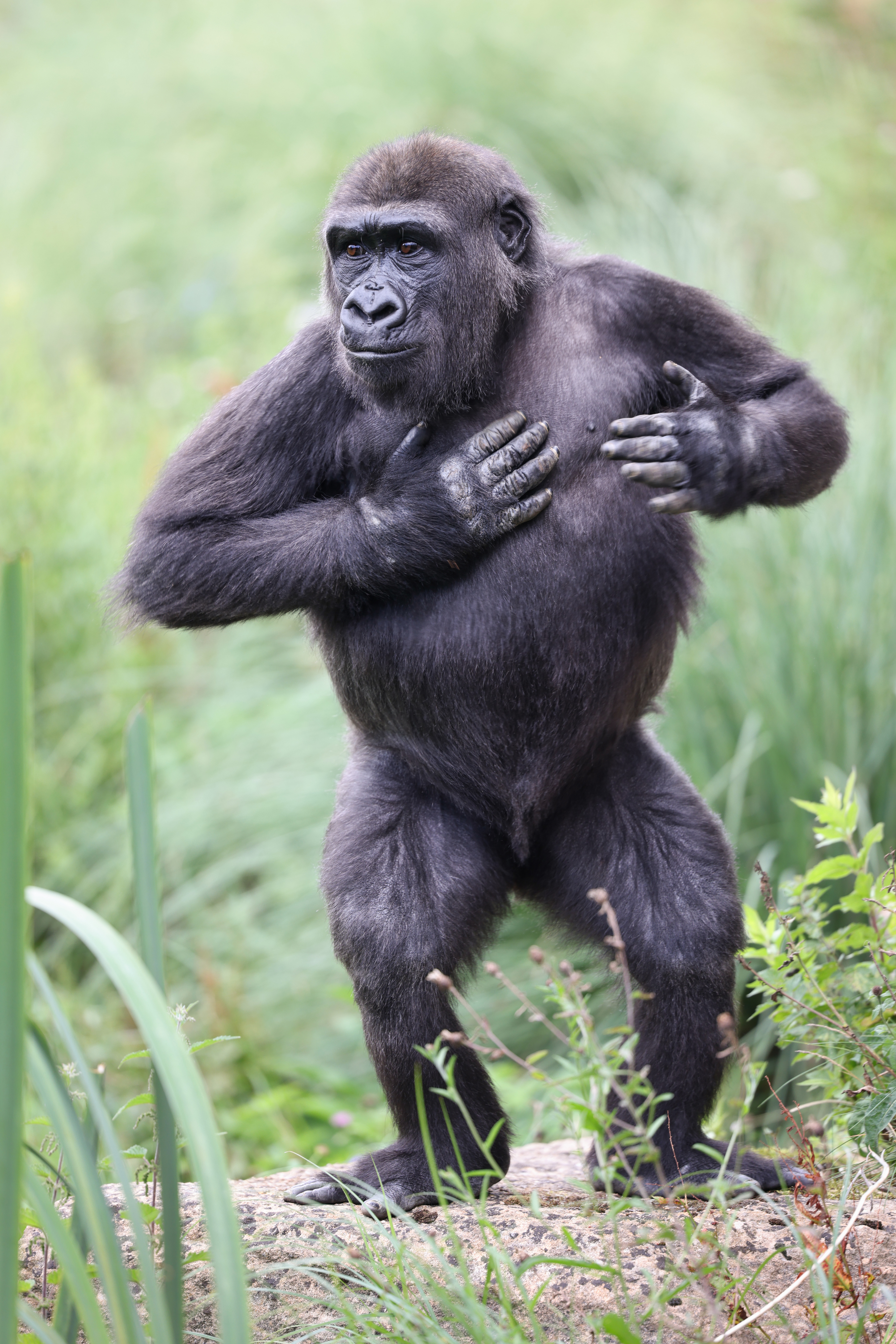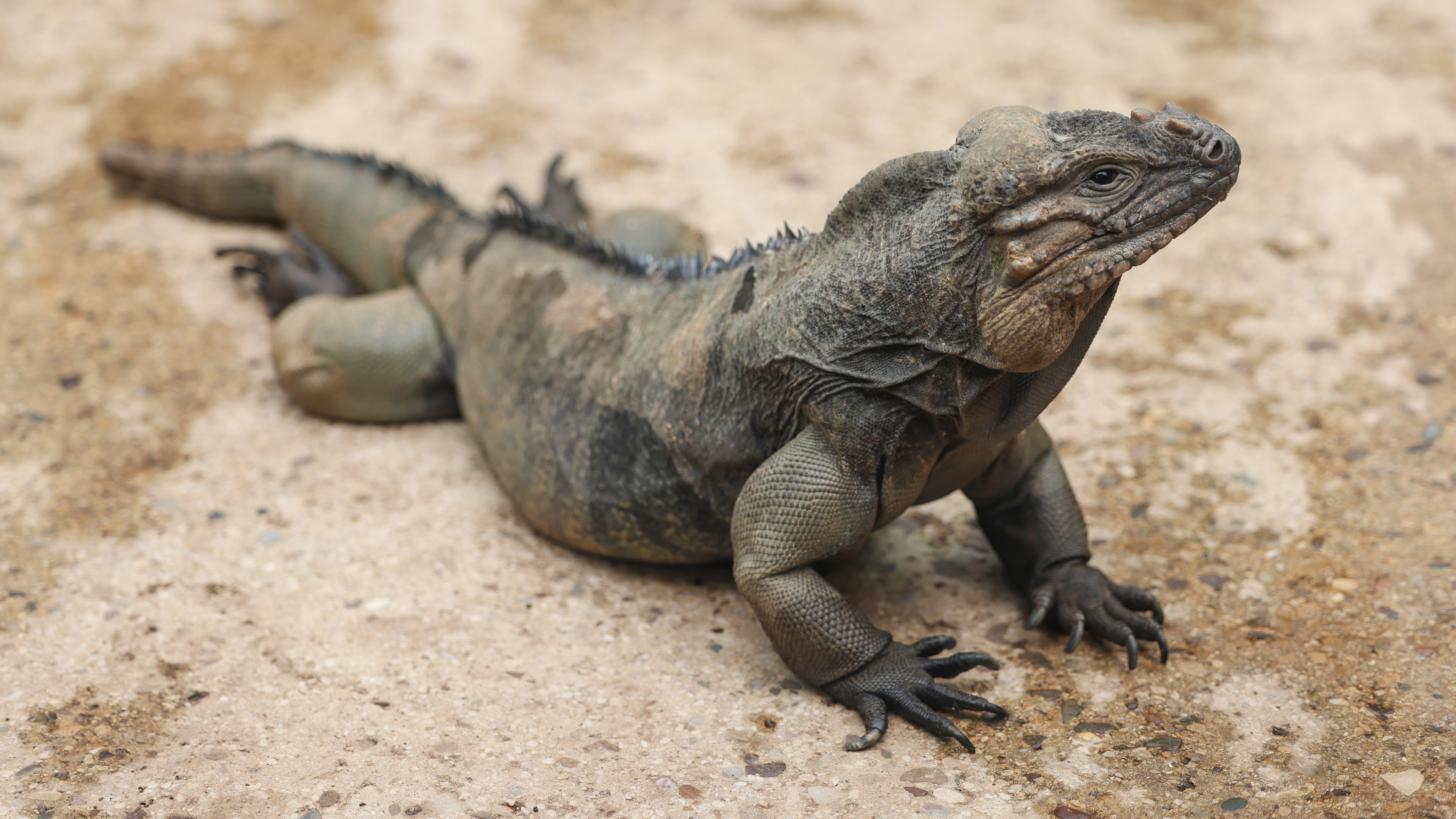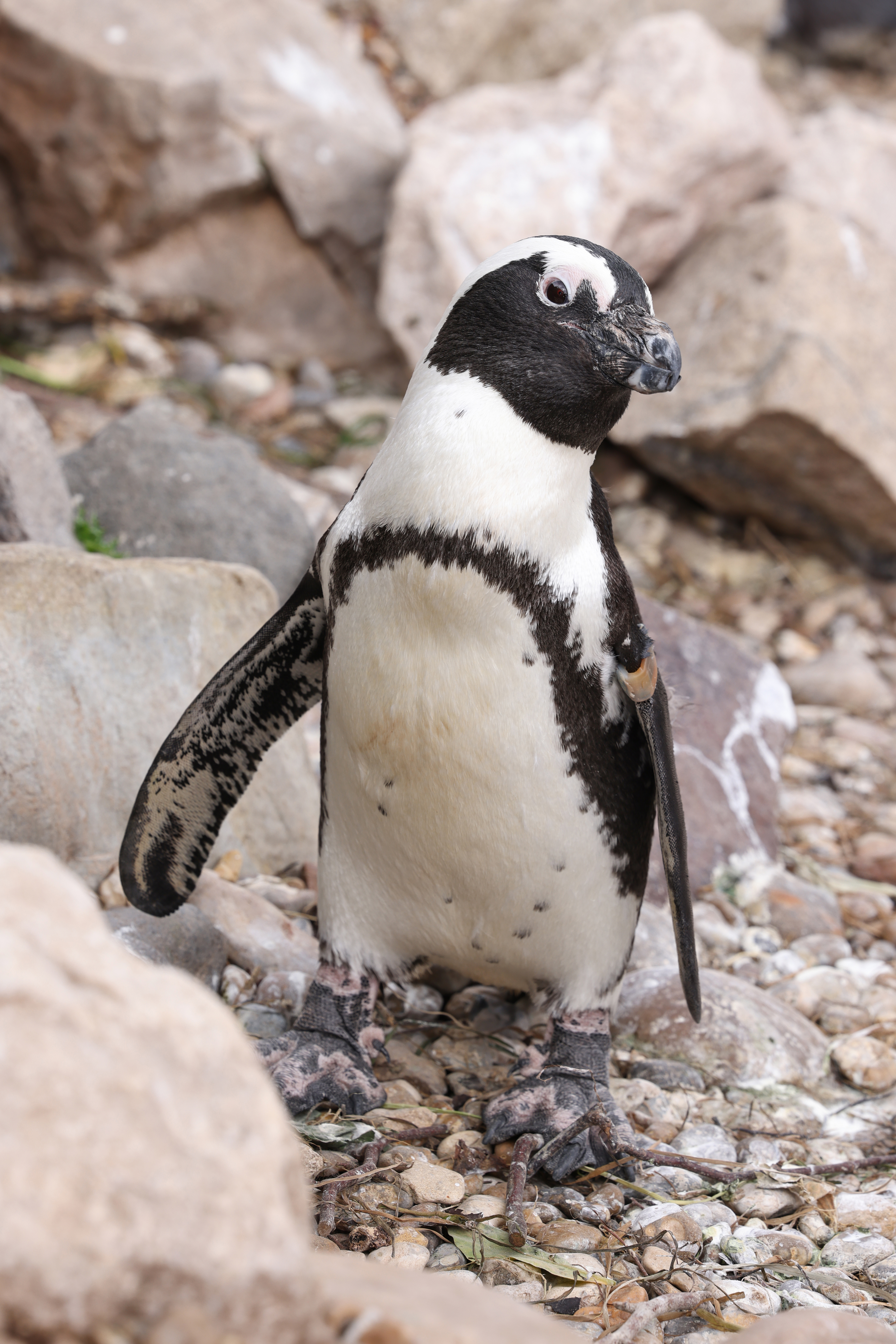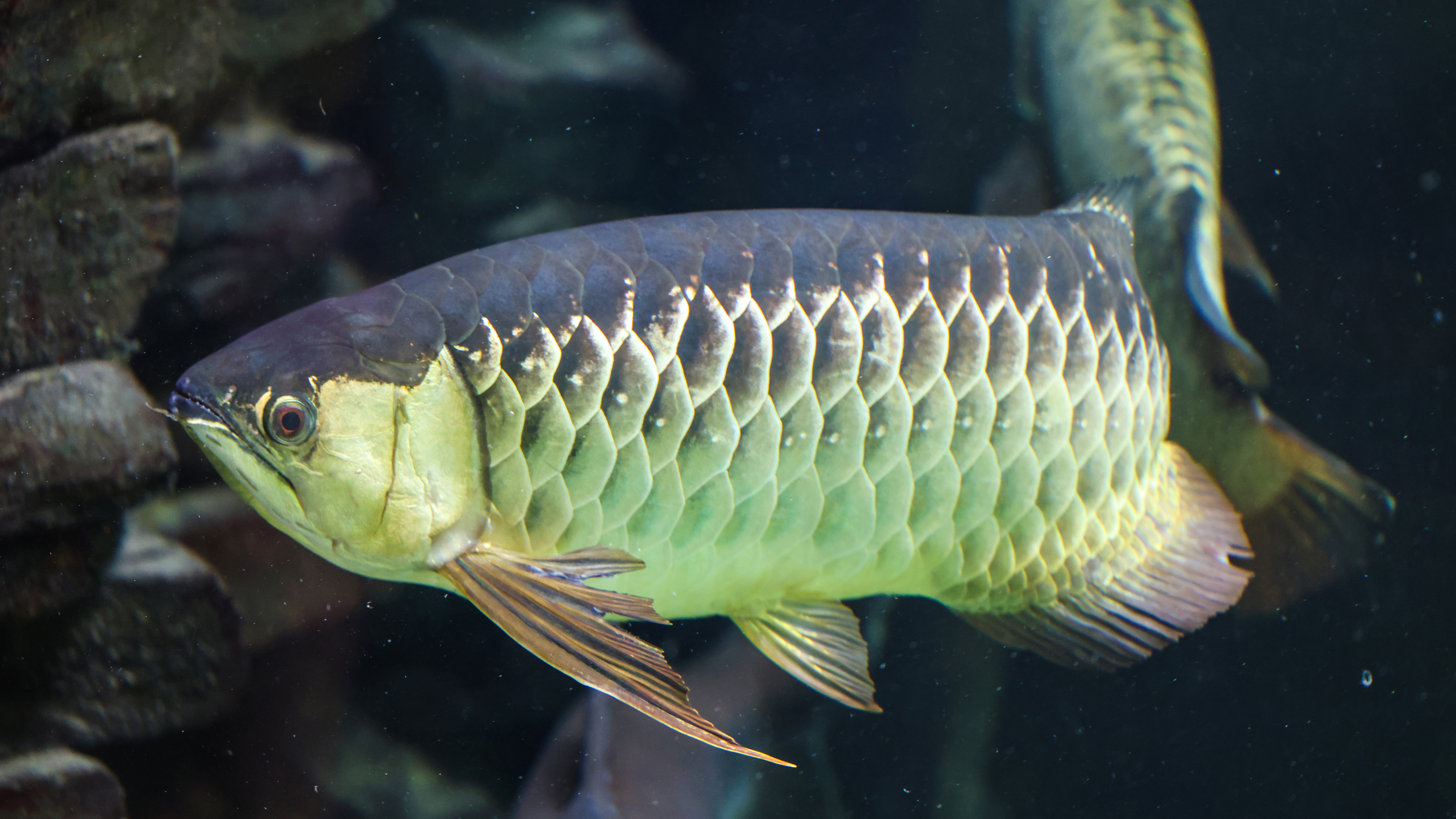Live Science Verdict
Perhaps the ultimate all-purpose shooter, the Canon EOS R5 is to mirrorless in 2022 what the Canon EOS 5D was to DSLRs in years past.
Pros
- +
Amazing Animal AF
- +
8K 30p video
- +
20fps burst shooting
Cons
- -
Video recording limits
- -
Regular 4K line-skipped
Why you can trust Live Science
Type: Mirrorless
Sensor: 45MP
Mount: Canon RF
ISO range: 100-51,200 (exp 50-102,400)
Viewfinder: 0.5” OLED, 5.69 million dots
Video: 8K 30p / 4K 120p
Weight: 1.43lbs
Size: 5.35 x 3.84 x 3.46 inches
Memory card: 1x UHS-II SD / CFexpress B
Undoubtedly the manufacturer’s hottest product ever, the Canon EOS R5 has been an absolute sensation ever since it launched in July 2020. The first consumer 8K camera to hit the market, Canon pulled no punches in making the R5 an absolute powerhouse.
Not only has this 5-series body taken up the Canon EOS 5D Mark IV’s mantel as the go-to camera for professionals and experienced enthusiasts, it’s arguably one of the best wildlife cameras currently out there, thanks to its combination of market-best autofocus, lightning-fast burst rate and sheer resolution.
While the pro-grade (and pro-priced) Canon EOS R3 technically sits above it in the product line, the R5 is Canon’s premiere camera when it comes to capturing wildlife, whether you’re shooting stills or recording video.
Sitting at the top of the spec sheet is the stunning 45MP image sensor, capable of delivering pixel-dense photographs with enough resolution to crop-in and still fill the frame. The sensor also sits at the heart of the R5’s phenomenal video capabilities, offering 8K video up to 30p, and both 4K and 1080p video up to 120p for slow-motion.
The R5’s other party trick is its phenomenal 20fps continuous shooting speed for stills, which is bolstered by an ungodly good deep-learned autofocus system that on paper can recognize dogs, cats and birds. In practice, though, there isn’t a single land, water or air creature we’ve pointed this camera at that it hasn’t been able to recognize and track.
Canon EOS R5 review: Design
- Compact and lightweight
- Articulating touchscreen
- Familiar EOS layout
The Canon EOS R5 may be the most ergonomic camera we’ve ever used – and that includes the hand-assembled masterpiece that is the Hasselblad X1D. It fits our hands like a glove and every button, dial and input (including a joystick) is where your fingers would expect it.
This is especially true if you’re an existing Canon user. Since the EOS R5 is the mirrorless alternative to the EOS 5D DSLR series, it’s likely that current Canon shooters will upgrade to this system – particularly since, with the Mount Adapter EF-EOS R, you can use your EF-mount DSLR lenses with native speed and performance on the R5.
Get the world’s most fascinating discoveries delivered straight to your inbox.
While the camera bears the same ‘layout grammar’ (and, of course, ‘menu grammar’) as EOS DSLRs, the R5 boasts the sleek, svelte chassis of a modern mirrorless camera – and unlike the 5D series, it features a fully articulating touchscreen for effortless stills and video shooting from any angle.
Even though the EOS R5 is an advanced camera aimed at experienced shooters and pros, it's actually very accessible and has an easy-to-use body. You can certainly get lost in the menus and minutiae but, once set up or put into an auto/semi-auto mode, it's an incredibly instinctive camera with which to start shooting.
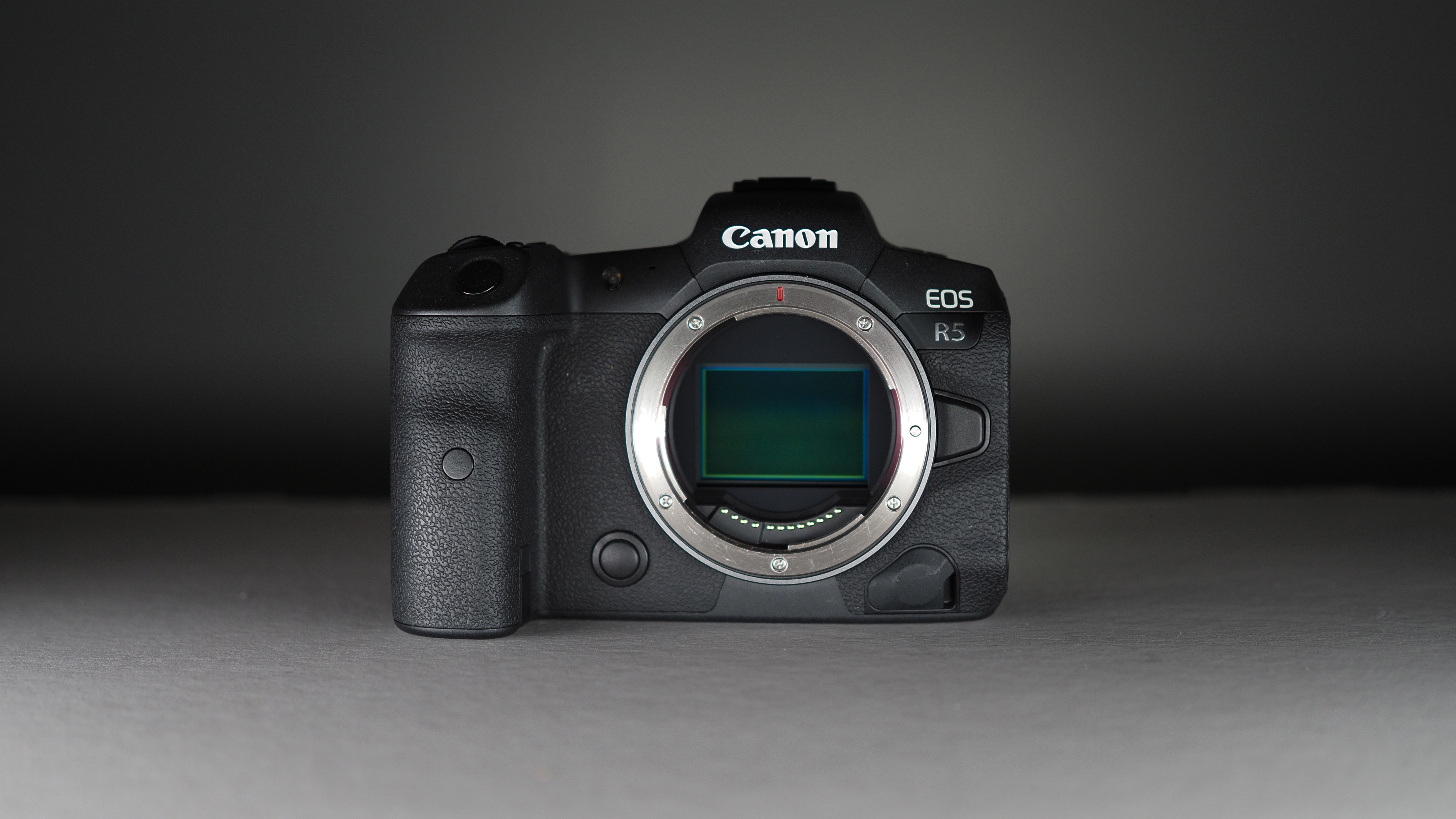
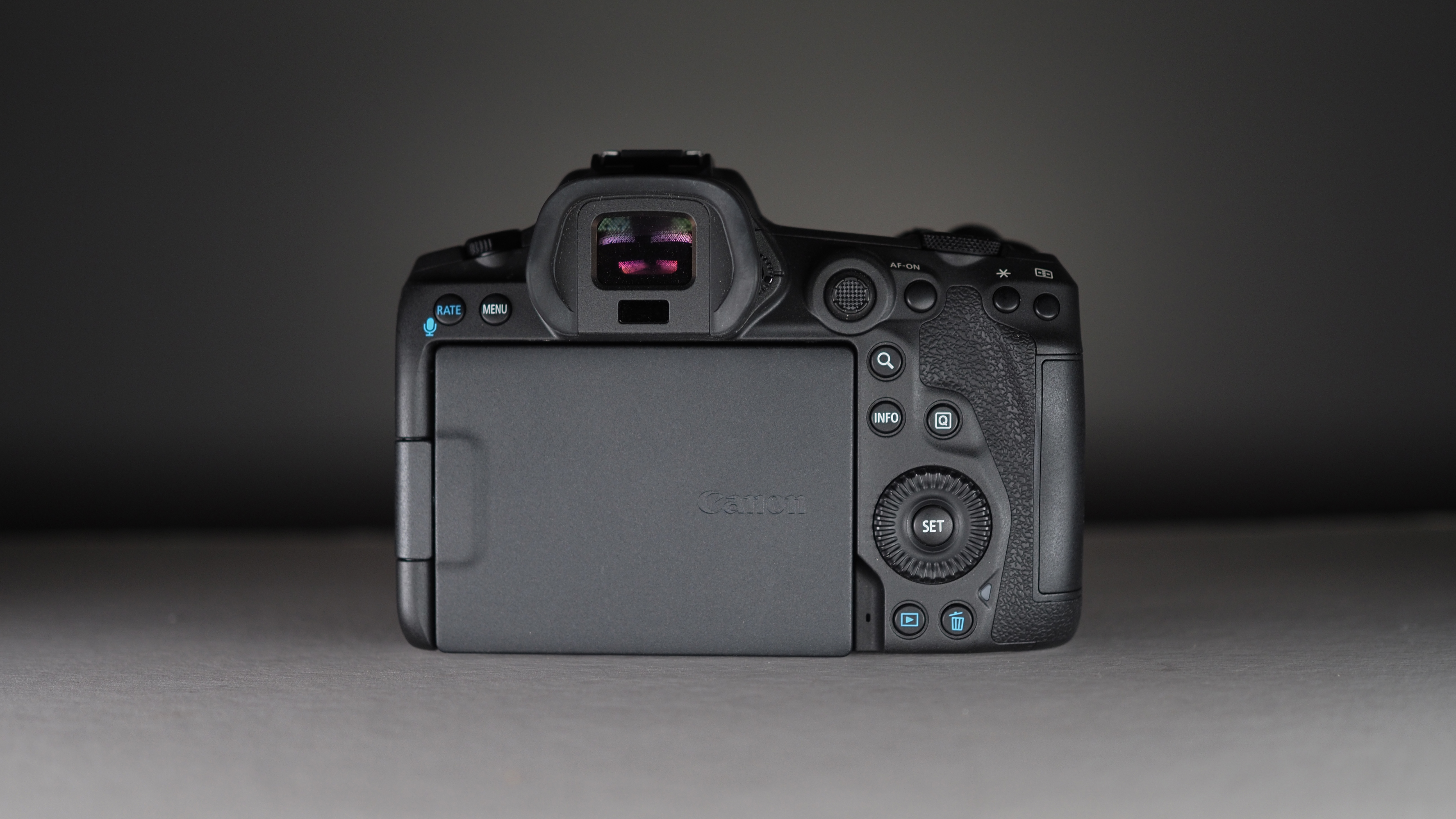

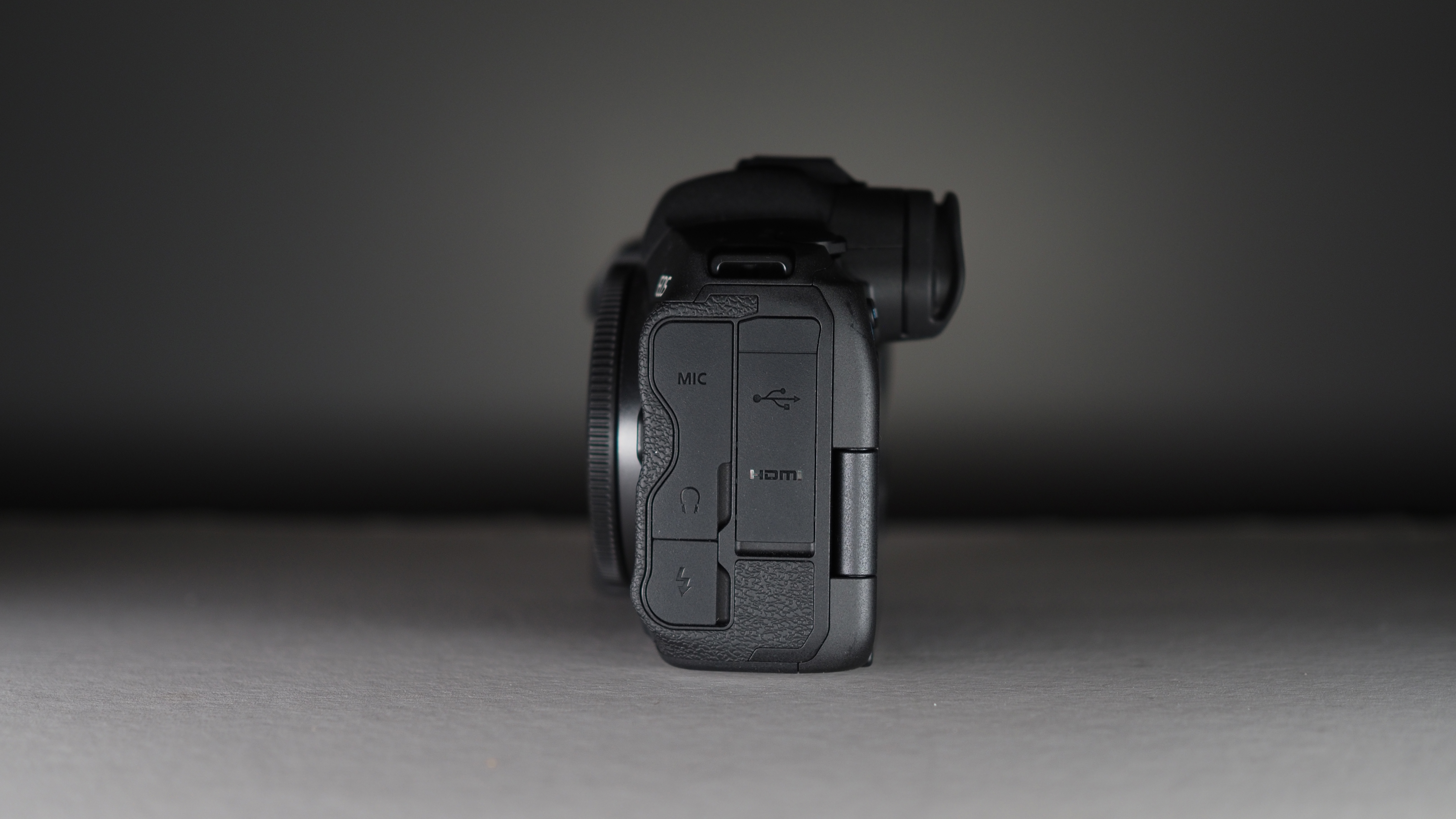

Canon EOS R5 review: Functionality
- Fully weather sealed
- Stunning lens ecosystem
- In-body image stabilization
Being a 5-series camera, like the Canon EOS 5D Mark IV, the R5 is a fully weather sealed body. This makes it an absolutely ideal companion for nature and wildlife photography, as it can withstand whatever the elements throw at you – from the heat and dust of the African plains to the cold and wet of the Scottish coast.
Unlike Canon’s DSLR line-up, though, the EOS R5 benefits from an in-body image stabilization (IBIS) system, which moves the image sensor to compensate for movement and camera shake.
In fact, it boasts an industry leading 8 stops of stabilization – which makes it perfect to pair with the long telephoto lenses needed for wildlife and sports shooting, ensuring that you get rock-solid shots even when shooting handheld.
Speaking of lenses, the R5 makes use of Canon’s cutting-edge RF mount. With 12 electrical contacts for supreme speed of communication between camera and lens, coupled with a reduced distance between the rear lens element and image sensor (due to there being no mirror in the way), the RF mount can accommodate lenses that simply weren’t possible on EF-mount DSLRs – including optical wonders like the Canon RF 800mm f/11 IS STM.
While you can, as noted, make use of existing Canon EF-mount glass, the RF mount alternatives offer universally superior optical quality – often with significant reductions in size and weight, thanks to the advantages of the mirrorless mount.
Canon EOS R5 review: Performance
- Gorgeous 8K 30p video
- Blistering 20fps bursts
- Uncanny animal AF
Kit lens: Canon RF 24-105mm f/4L IS USM
Best wide lens: Canon RF 15-35mm f/2.8L IS USM
Best zoom lens: Canon RF 100-500mm f/4.5-7.1L IS USM
Spare battery type: LP-E6NH
Memory card: SanDisk Extreme Pro SD / CFexpress B
In almost every respect, the performance of the Canon EOS R5 cannot be faulted. The image quality is absolutely stunning, thanks to the 45MP image sensor (which Canon claims offers comparable quality of resolution to the 50MP Canon EOS 5DS).
Not only does it capture stills with scintillating levels of detail, it also accommodates significant cropping into an image in order to fill the frame when your lens isn’t quite long enough.
A high-resolution sensor alone isn’t that noteworthy, though; what makes the R5 truly extraordinary is that it can shoot in continuous RAW bursts of up to 20 frames per second.
This astonishing level of speed is achieved via the electronic shutter, which has the added bonus of offering completely silent shooting – another boon for wildlife photography, where a noisy mirror mechanism would startle easily spooked animals.
Of course, speed and resolution are no good if the autofocus system can’t keep up with them. However, the EOS R5’s best party trick of all is its remarkable AF system – which for our money outperforms that of the Sony A1 and the Nikon Z9.
Whether it’s tracking human eyes, faces and heads (even when the subject is wearing goggles or a full helmet) or the eyes, faces and bodies of every kind of wildlife we photographed – dogs, cats, birds, squirrels, monkeys, fish, skunks, meerkats, turtles, iguanas, raccoons, lions and foxes – the R5 finds, focuses on and follows whatever you’re shooting.
Just as impressive as the Canon EOS R5’s stills performance is its video. The first 8K consumer camera to hit the market, it still delivers some of the most captivating 8K 30p footage of any system, not to mention 4K up to 120fps for slow-motion – and with full AF tracking capability.
The rub, however, comes in the form of the camera’s highly publicized overheating issues and recording limits. Capturing high-resolution and/or high frame-rate video generates a massive amount of heat, which the R5 doesn’t dissipate particularly well. This means that, when shooting 8K 30p, 4K 60p or 4K 120p, you may bump into limitations that restrict your ability to keep recording.
Should you buy the Canon EOS R5?
The Canon EOS R5 is a camera that can handle any shooting situation you throw at it. It has the raw power for high-resolution imaging, offering detail on par with medium format, and the raw speed to keep up with even the fastest action shooting, whether it’s wildlife or pro sports.
The in-body image stabilization makes handheld shooting, using slow shutter speeds and handling long lenses an absolute breeze. The autofocus system is up to any task, and any subject, and the video quality rivals that of even high-end cinema cameras.
The only asterisk comes in the form of the recording limitations, so if you’re primarily looking to shoot video you should instead consider the R5 C (see below).
If this product isn’t for you
The core specs of the Canon EOS R5C are almost identical to those of the R5, but as a one of Canon’s dedicated Cinema EOS cameras it is designed to be a video-first product – and its larger body with integrated cooling system means that you don’t have to worry about recording limits. With Dual Base ISO it is an ideal camera if video is your primary concern.
Offering the same continuous burst shooting and powerful AF system, but with a 21.2MP sensor, the Canon EOS R6 is a more affordable alternative to the R5 that’s perfect if speed and 4K video are more important to you than sheer resolving power.
Staying with the Canon system, the Canon EOS 90D is an APS-C DSLR that offers a similar combination of speed and resolution. Despite being a cropped sensor, its 32.5MP resolution is higher than that of the R6, its 10fps burst is still hiccup-quick, and its 1.6x crop factor turns a 300mm lens into an effective 480mm optic.
The editor of Digital Camera World, James has 21 years experience as a magazine and web journalist. He has worked professionally in the photographic industry since 2014, when he started as an assistant to Damian McGillicuddy (who succeeded David Bailey as Principal Photographer for Olympus). In this time he shot for clients as diverse as Aston Martin Racing, Elinchrom and L'Oréal, in addition to shooting campaigns and product testing for Olympus, and providing training for professionals. This has led him to being a go-to expert on cameras and lenses, photographic and lighting tutorials, as well as industry analysis, news and rumors for publications such as Digital Camera Magazine, PhotoPlus: The Canon Magazine, N-Photo: The Nikon Magazine, Digital Photographer and Professional Imagemaker, as well as hosting workshops and demonstrations at The Photography Show. An Olympus (Micro Four Thirds) and Canon (full frame) shooter, he has a wealth of knowledge on cameras of all makes – and a particular fondness for vintage lenses and film cameras.



